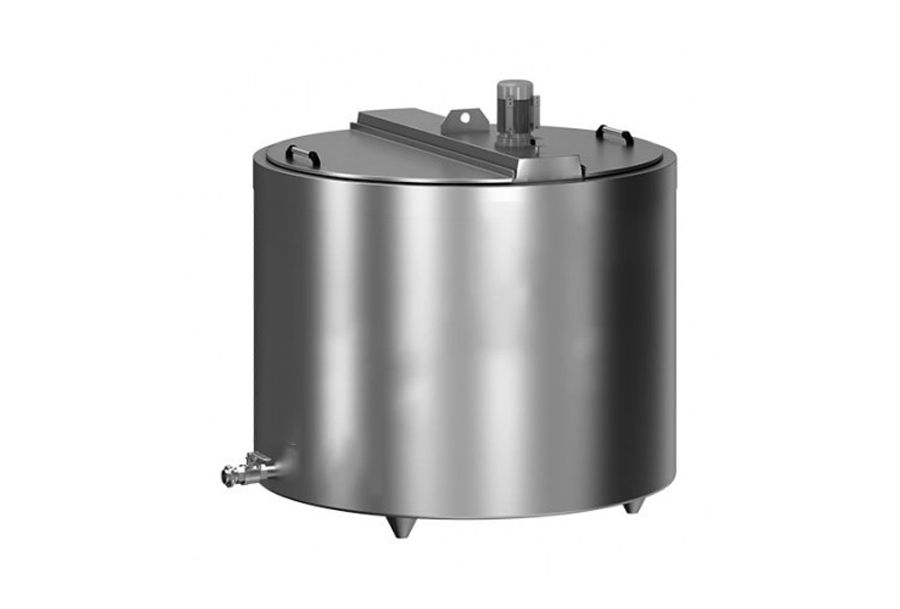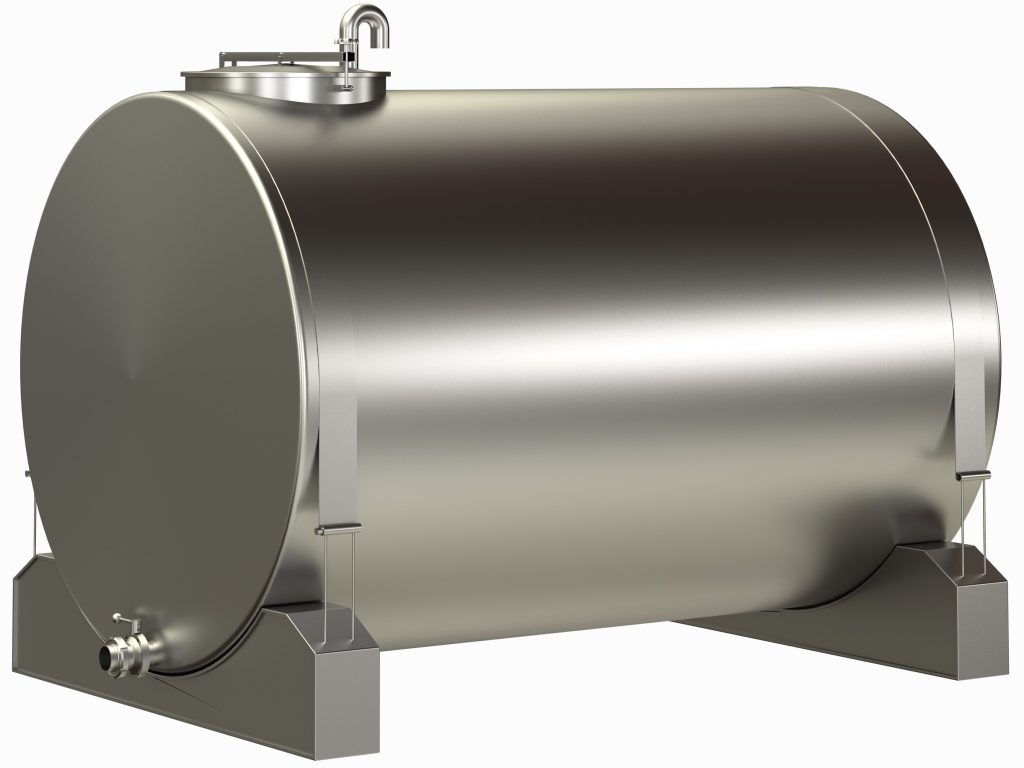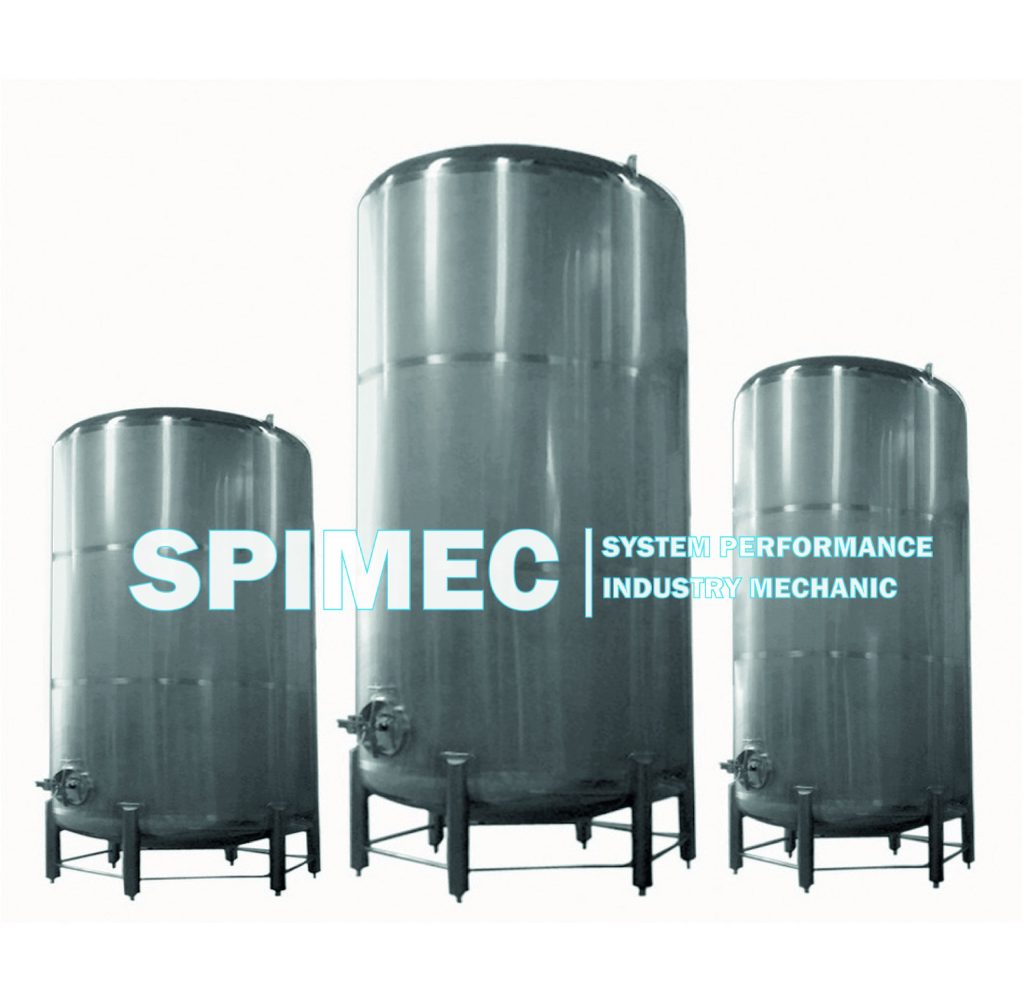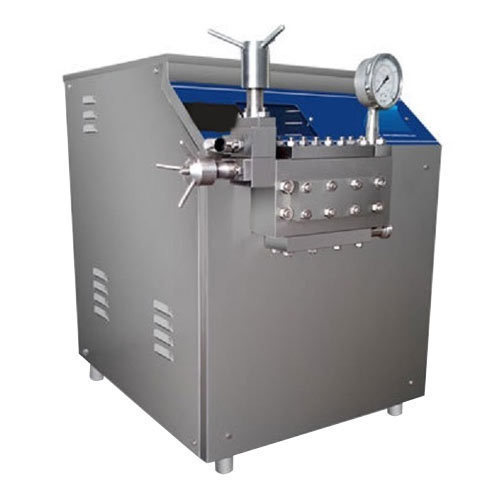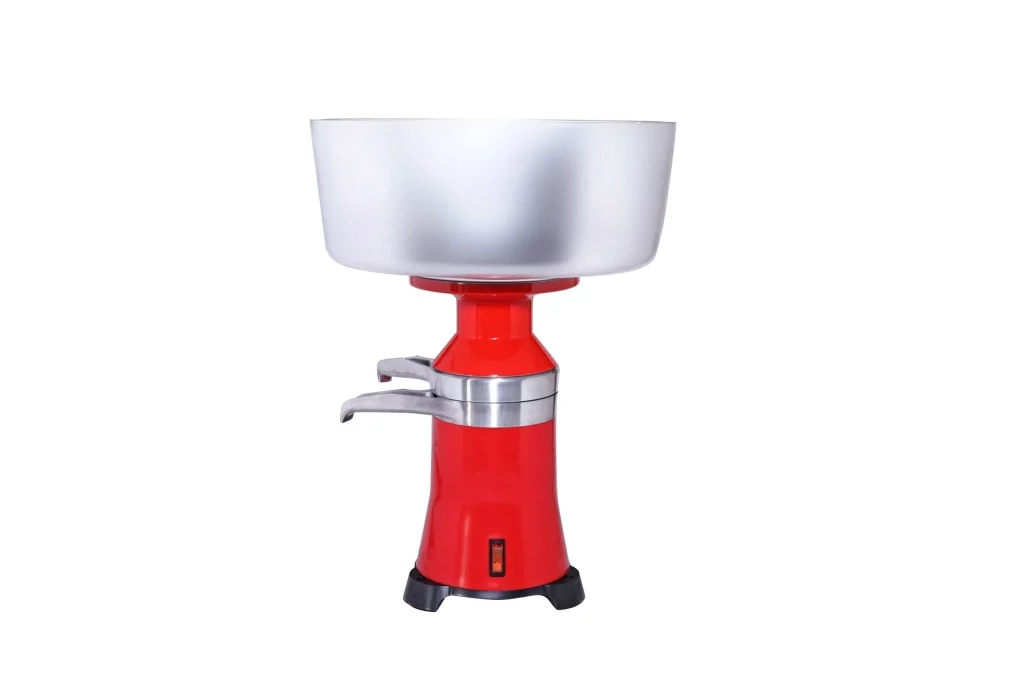A milk cooling tank, referred to as a bulk milk cooler or milk chilling unit, stands as a specialized apparatus within the dairy sector. Its designated purpose revolves around swiftly cooling and storing unprocessed milk following the milking process. Its fundamental role is to swiftly decrease the temperature of milk to a secure and ideal range, thus upholding the milk’s quality and freshness. The significance of milk cooling tanks lies in their pivotal role in safeguarding the nutritional integrity of milk, preventing the proliferation of bacteria, and elongating its period of suitability. Presented below is a synopsis detailing the attributes and functioning of a milk cooling tank:
- Tank Configuration: A milk cooling tank’s typical construction material is stainless steel, chosen for its corrosion resistance and ease of cleaning. It encompasses an insulated receptacle, available in either a cylindrical or rectangular configuration, capable of accommodating a substantial milk volume.
- Cooling Mechanism: The tank is outfitted with a cooling mechanism that swiftly reduces the milk’s temperature. This mechanism generally integrates a refrigeration unit, comprising components like a compressor, condenser, evaporator, and circulation pumps, all working together to draw heat away from the milk.
- Milk Entry and Exit Points: In a milk cooling tank, specific entry and exit ports are designated for milk transfer. Following milking, the untreated milk is conveyed to the tank via the inlet, and cooled milk is dispensed through the outlet whenever necessary.
- Stirring Apparatus: To guarantee even cooling and thwart milk separation, certain milk cooling tanks come equipped with a stirring apparatus or agitator. This agitator gently stirs the milk within the tank, fostering uniform temperature distribution and preventing cream stratification.
- Temperature Management: Temperature control systems within milk cooling tanks empower operators to set and supervise the desired cooling temperature for the milk. Typically, the temperature is upheld within a specified range (e.g., 4°C to 6°C or 39°F to 43°F) to adhere to milk quality benchmarks.
- Insulating Layer: The tank features robust insulation to curtail heat transfer from the ambient environment. This insulation aids in sustaining the milk at the intended temperature for extended durations, even during instances of power interruption.
- Sanitation and Cleansing: The design of milk cooling tanks prioritizes effortless cleaning and hygiene upkeep. Often, they incorporate smooth interior surfaces and rounded edges to thwart milk residue accumulation and expedite comprehensive cleansing. Some tanks might integrate automated cleaning systems that utilize sanitizing agents or heated water for routine cleaning cycles.
- Size and Control Panel: Milk cooling tanks are manufactured in a spectrum of capacities, catering to everything from small-scale dairy farms to expansive commercial milk processing plants. These tanks might also encompass a control panel featuring monitoring and command functions for temperature, stirring, and cleaning procedures.
The significance of milk cooling tanks lies in their role in upholding milk quality and adhering to regulatory stipulations. These tanks enhance the effectiveness of milk storage, fend off spoilage, and ease the secure conveyance of milk to dairy processing plants. Effective milk cooling isn’t solely responsible for safeguarding the nutritional attributes of milk, but it also plays a pivotal part in generating top-notch dairy goods.
Technical Specifications
Tank Structure
Sizes Available: 125-200-300-500 Liters.
Every surface is constructed using AISI 304 stainless steel.
An internal refrigerant gas flash circulates as a heat transfer surface.
Both the cooling unit and the tank are situated on the same chassis.
HCFC-free water-based high-density polyurethane is utilized.
An DN 40-50 butterfly valve is positioned at the product outlet.
It features a ventilation vent (with a filter) of Ø100.
The legs are adjustable.
Cooling System
Coolant employs A 404 gas.
The cooling tanks facilitate swift cooling within the range of +38 degrees to +42 degrees.
Components include the compressor’s solenoid valve, expansion valve, dryer, and sight glass.
Direct utilization of the cooling system.
Condensers are equipped with filters for environments prone to dust.
Electrical Assembly
Electrical panels possess an IP 65 Protection class rating.
Operates on 380V power supply.
Panels are purposefully designed and programmed to include features like milk temperature control, electronic milk measurement, and washing regulation.
Manual operation is also possible.
A safety system prevents temperatures from falling below 2 degrees.
A security system is in place to prevent excessive current strength.
Automatic Cleaning (Optional)
An exclusively designed CIP system is available.
The tank’s interior features a stainless rotating CIP ball.
This design promotes economical use of detergents.
Facilitates hygienic cleaning.

